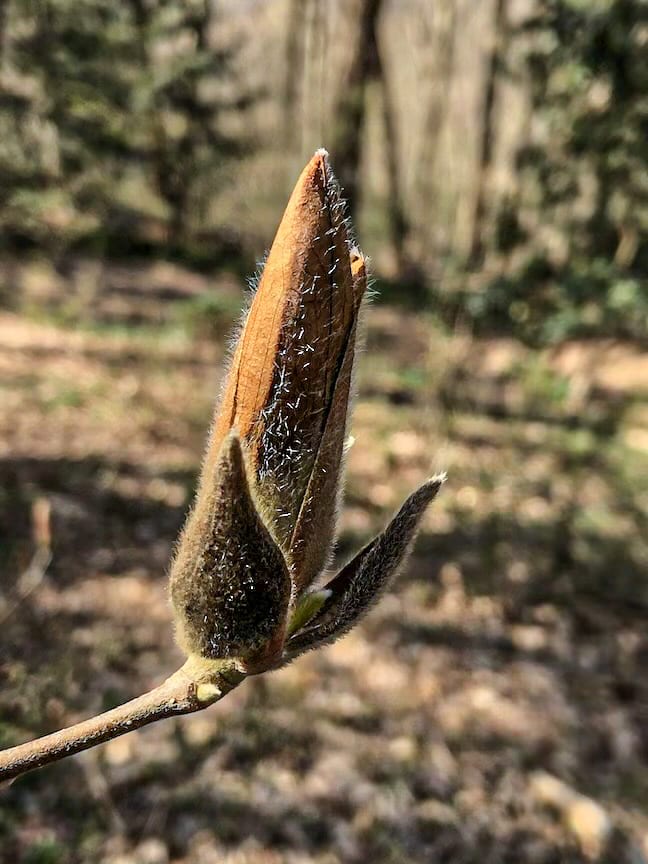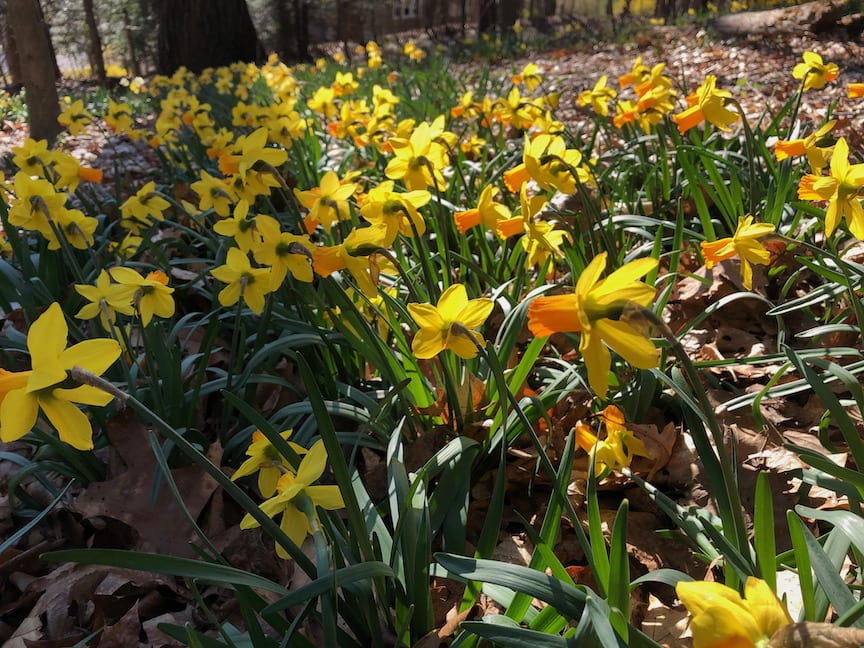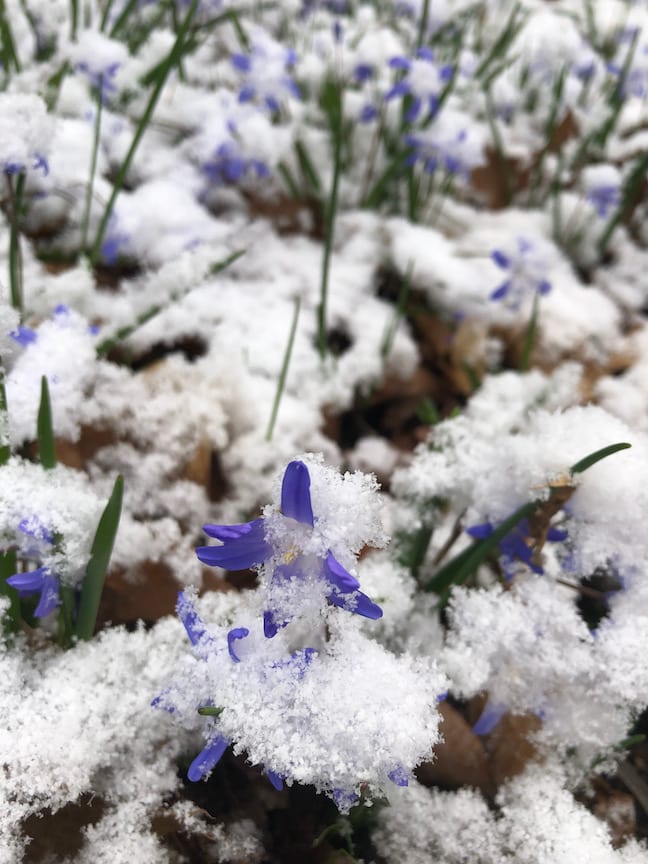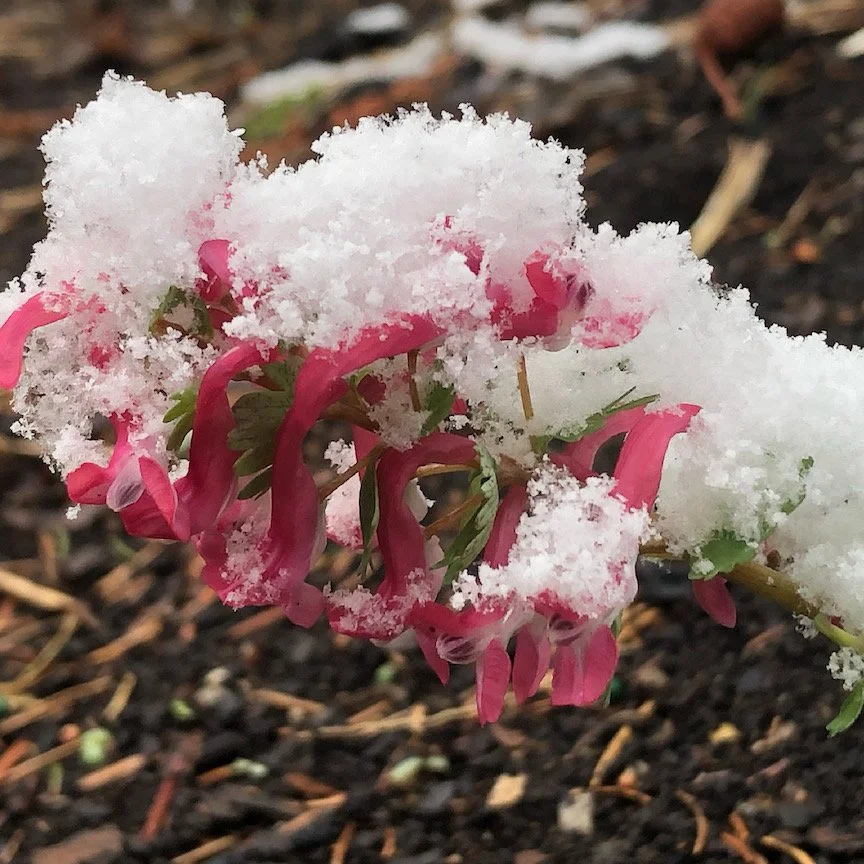Surprise Spring Cold Snap Tested Pittsburgh Gardens


HERE’S A SAFE PLANTING SCHEDULE TO FOLLOW MOVING FORWARD
By Doug Oster
April 7, 2021
On my mature tree, the buds held their color as long as they could but they eventually lost their beautiful hue, transforming to a dull and disappointing brown, frozen as temperatures dipped to the 20s.
I wasn’t alone. On my Facebook page, many gardeners lamented the loss of their magnolia flowers. It’s nothing new, and it happens every several years — but that doesn’t make it any easier. Like those buds, we’ll all wait patiently until this time next year, hoping for a tree covered in flowers.
As the forecast worsened, questions abounded about what to do: cover, protect, pray? My answers were always the same. Anything out in the garden that is supposed to be there doesn’t get covered — they are on their own as far as I’m concerned.
Yes, the daffodils drooped, tulips looked awful, small flowering bulbs like corydalis were bent under snow, but covering them would have done more damage than good, in my opinion, unless expertly done.
Two days later, sans magnolia, the garden is thriving again. Daffodils, tulips and other spring bulbs are on the rebound. Sprouting peas, radishes and leafy greens laughed at the cold weather, not missing a beat.
For newer gardeners especially, the spring garden is filled with fear and frustration. Although veterans still feel the pain, experience tells us, when one thing fails, another will persist.
For spring bulbs, perennials, trees and shrubs already in place, what happens to them is out of our control. But when it comes to planting many other plants, timing is everything.

My gardening mantra was repeated again for this story about how to garden and it comes into play again today. It goes like this — improve the soil, know when the plants go in the ground and don’t let them dry out and you’ll have the start to a successful garden.
It is that second part, about when to plant, that comes into play right now.
Another week of 70 degrees sends the uninformed masses to box stores packed with flats of tender plants, but lacking the information needed to stop newbies from planting tomatoes, peppers, impatiens and others before they should be out in the garden.
If you see someone yelling, waving their arms and jumping up and down near that store, it’s probably me warning gardeners their plants are in peril.
Buy your plants at a good nursery, staffed with friendly, knowledgeable people who WANT to hear your questions. You’ll get plants that have been cared for properly and might even meet a few characters in the process.

Another piece of advice from this old man, take your time when looking for plants, as it should be fun. Fantasize about the sting of a hot pepper, texture of an heirloom tomato or beauty of flowers on a full-grown plant at the end of the season. They should be planted in the garden when the soil and air warm-up, usually in the middle of May.
As a people watcher, it saddens me to see people rush through a good garden center. There are wonders and fascinating treasures to be discovered in the corners and back areas of nurseries.
It will get cold again, it always does and tender plants will struggle or die before then. Every year I meet a young couple who feel like they have a brown thumb after losing all or part of their garden to frost.
If you’re so inclined to try and beat the system and get warm weather plants in the ground during cold weather, just get a couple of things to experiment with. Don’t risk your entire garden hoping the stars will align, as they rarely do.
Celebrating the success of a few plants is always much more fun than replanting the entire garden.
In gardening there is always hope too, I continue to look up to the top of that magnolia as the days have warmed up, hoping that maybe a few buds survived to unfurl.
Doug’s General Planting Guide for Western Pennsylvania or zones 5/6
Direct sow vegetable seeds in the garden or containers in April
Lettuce
Other greens
Radish
Carrot
Beets
Swiss Chard
Peas
Turnips
Onions
Kale
Spinach
Transplant vegetable seedlings to the garden or containers in April
Lettuce
Other Greens
Beets
Swiss Chard
Turnips
Onions (plants or sets)
Cole crops (cabbage, broccoli, kale, etc.)
Spinach
Plants for transplanting into the garden or containers in April
Pansies
Perennials
Shrubs
Trees
Vegetables direct sowed in the garden in mid-May Beans
Cucumbers
Other vine crops
Beets
Carrots
Swiss chard
Lettuce
Other greens
Vegetable/flower seedlings transplanted into the garden in mid-May (Check the weather for possible frost before planting)
Tomatoes
Peppers
Lettuce
Other greens
Annual/tender flowers


